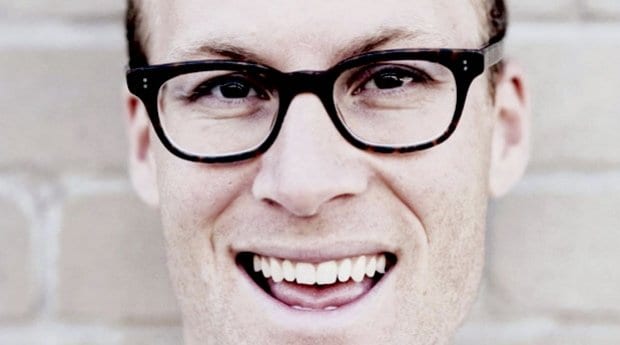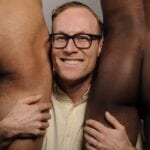My earliest memory of the Toronto International Film Festival is when Madonna came to Toronto with her then-husband Guy Ritchie in support of his film Revolver. She wore a cast. I can’t tell you what other films were screening that year … and now that I think of it, I can barely tell you what films screened most any year. As much as I love moving pictures, TIFF has always been lost on me. Maybe it’s the sudden hike in celebrity-chasing tourists around the city or the feeling of not being able to easily access the feature films and get seats. I’m not sure why, but it’s not my bag.
This year is different. TIFF has adopted the tag line “This is your film festival” — to give the Toronto public the feeling that it’s as much for them as it is for die-hard film buffs and media. Festival organizers have tried to make the 2014 edition easier to get to. There’s still a fair amount of research required to find films of interest, but through social media and a mountain of press releases, the fest is opening up and it feels simpler to bite into. Organizers are even shutting down King Street (between University and Peter) to create “Festival Street,” a pedestrian-only zone they hope will make it easier to hang out in the area, catch a celebrity or two and stumble into a movie.
I’m completely biased, but I’ve found this year more exciting because of the queer content. There have been some great gay features in the past — holler, Blue Is the Warmest Colour — and the festival does have a history of raising gay filmmakers through the machine (John Greyson, Robert Lepage, Patricia Rozema, Xavier Dolan, Bruce LaBruce), but this year has some doozies. On page 16 of our current issue, on stands now, you’ll find a select list of our festival picks; the subject matter is as broad as an opening-night red carpet. And be sure to watch dailyxtra.com throughout the festival for up-to-the minute coverage and interviews from our stellar video team.
Looking over the new crop automatically makes me think back on my favourite gay films and wonder, Will they stand the test of time? Will they have an impact?
The movies that had an impact on me as a teenager affected who I am today. I remember watching films over and over and over again (do kids still do that?), and their lessons, costumes, soundtracks and characters really stuck. I’ll never forget watching Midnight Cowboy late at night when everyone else had gone to bed; Jon Voight was such a hunk. David Bowie and his spandex in Labyrinth made me rethink the meaning of cool. He-Man and Masters of the Universe had everything for me: He-Man, come to life via Dolph Lundgren in a loincloth, and Meg Foster as Evil-Lyn? It was so sexy and nerdy and dangerous. Elvira: Mistress of the Dark, with its spells and diamond tassels, made me believe that a freak in a small town could make things work on her own terms. To Wong Foo, Thanks for Everything! Julie Newmar changed everything: Hunks in drag? Self-empowerment? Doubt? In and out of closets? This was my favourite road-trip flick. Romy and Michele’s High School Reunion was a film I bonded over with friends. It was for sleepovers and first tastes of alcohol in my parents’ basement. It had the two-part soundtrack, which was an education in the lesser-known hits of the 1980s. Then came Sister Act, with its music and the nuns whom I could relate to in so many different ways. It made me want to sing out loud. It made me want to join gospel choir groups (which I later did) and create four-part harmonies in my room. With the exception of Midnight Cowboy, most of these films are seen as fluff — not-quite classics. But that doesn’t matter; it’s what you learn and take out of a movie that does.
It takes a little effort, but check out tiff.net, find a few of the films we recommend and get out to the screenings. One of them might even change your life.
Phil Villeneuve is Xtra’s arts editor.


 Why you can trust Xtra
Why you can trust Xtra


